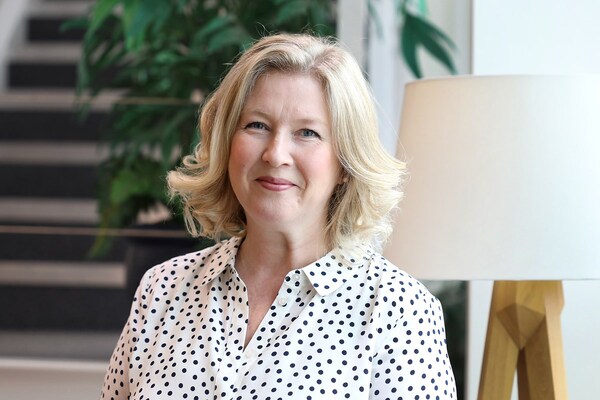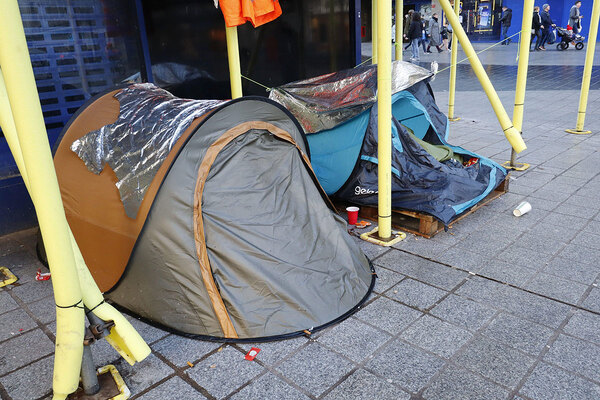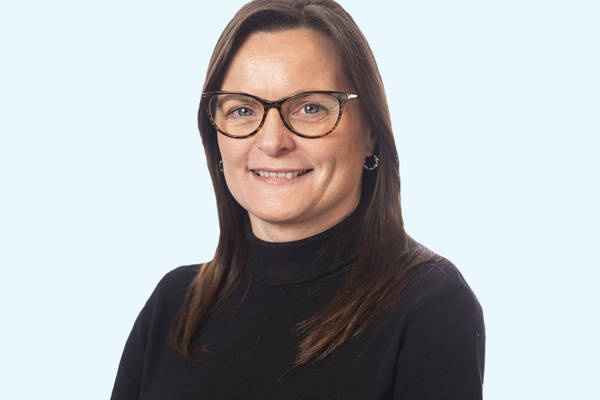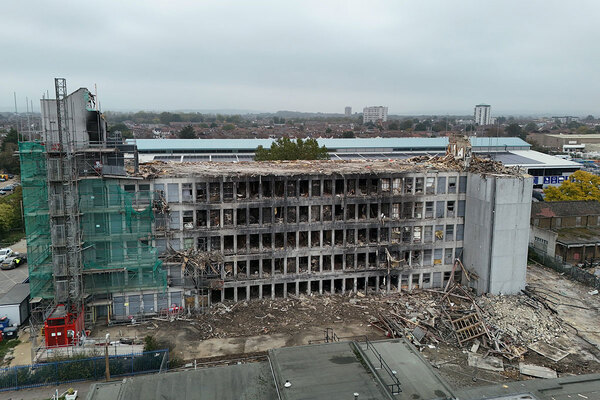You are viewing 1 of your 1 free articles
Hyde reveals £17m spend on fixing post-Grenfell defects
Housing association giant Hyde has revealed it spent nearly £17m in its last full year on fixing defects identified from fire safety checks, following the Grenfell Tower tragedy.
The 50,000-home landlord, whose new chief executive started yesterday, carried out 86 Type 4 fire risk assessments, according to its latest annual report covering the year to the end of March 2019.
This is the most intrusive kind of fire risk assessment, which involves going into residents’ flats and looking inside the walls. Hyde carried out these checks on every one of its buildings over 18m in height.
It said it also removed dangerous cladding from nine buildings and published building safety information on its website for all buildings of 30m or taller. All this work, it said, cost £16.8m and is continuing in the current financial year.
The report said it was “in the process of rectifying defects identified both in communal areas and within individual homes”.
Hyde has previously said it has budgeted £50m in total for fire safety work.
Last December, Hyde revealed it completed work removing aluminium composite material (ACM) from the outside of the Bolanachi Building, in Bermondsey, south London. This was the same kind of cladding used on Grenfell Tower, where a deadly fire killed 72 people in 2017.
The G15 association has also been removing cladding from four other buildings nearby. These are not clad in ACM, but Hyde has decided they are unsafe.
Hyde’s results also confirmed what the association said in a summary released at the start of last month – that its development sales increased to £250.4m last year, an increase of 238% from the £74m it made from that area in the previous year.
The group’s post-tax surplus jumped to £110.2m from £28m the previous year. The small surplus previously was largely the result of a refinancing.
Turnover in the year to March 2019 soared to £450.2m – a 33% rise on last year’s £339.6m.
In the report, then-chief executive Elaine Bailey said: “The significant increases in both turnover and surplus are related predominantly to a number of developments being completed last year, improved operational efficiencies and steady income from the rest of the business.”
Ms Bailey has since left Hyde to pursue a NED portfolio career and has been replaced by the group’s finance director, Peter Denton.
Mr Denton said: “We are confident we are building the right homes, in the right places, at the right price points, with the right partners, to meet our future targets.
“At the year end, we had just 26 outright sale and 51 shared ownership homes awaiting sale, both within the group and in joint arrangements; all had been completed after January 2019. On 30 June 2019, only 39 of these 77 homes remained to be sold, exchanged or reserved.”
Housing association financial statements 2018/19
A2Dominion’s surplus falls by 74%
Aster's surplus rises as it eyes land acquisitions
BPHA surplus falls after bumper year of spending
Catalyst's surplus plunges 45% as sales market slows
Clarion’s surplus falls for third year running
Hyde reveals £17m spend on fixing post-Grenfell defects
Metropolitan Thames Valley shared ownership surplus tumbles
Network Homes boost surplus by 62%
Notting Hill Genesis customer satisfaction rate only 65%
Paradigm’s surplus falls slightly thanks to development difficulties
Peabody's self-imposed rent cut hits margin
Optivo returns to surplus after refinancing
Orbit surplus falls 52% as sales income slips
L&Q sees surplus drop by 42% in ‘challenging’ year
Southern reports 14% slide in surplus as fire safety checks increase
Sovereign's private sales income up 24%
Stonewater sees surplus fall by 43%
Swan surplus dives as cost to fix ACM cladding remains uncertain
WM Housing swings back into the black ahead of rebrand












